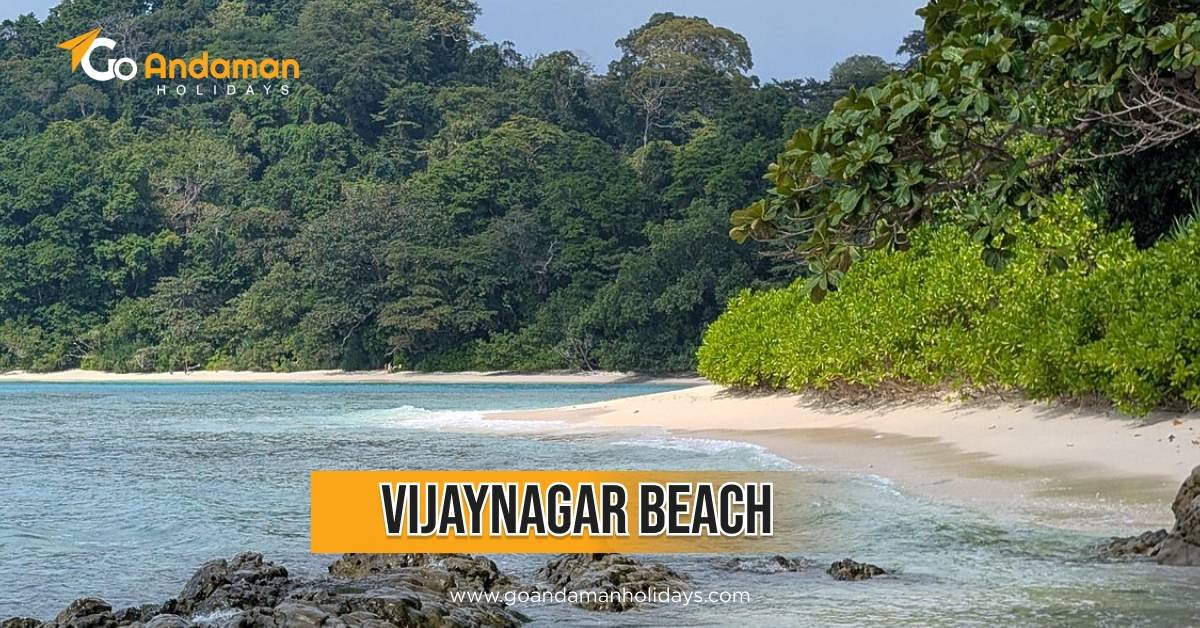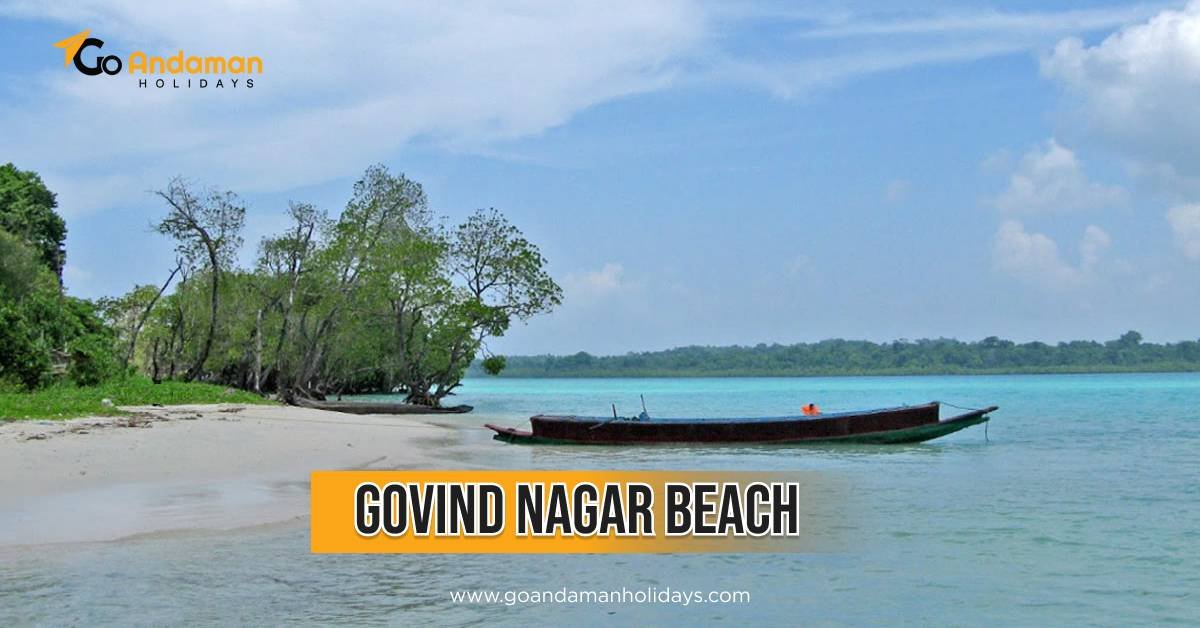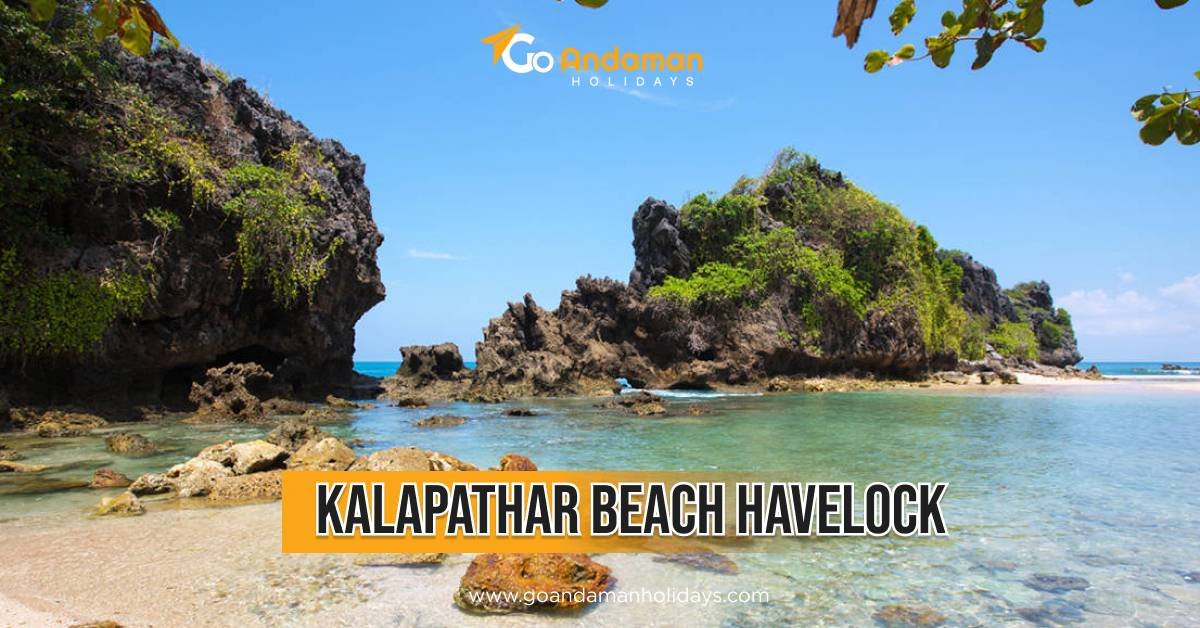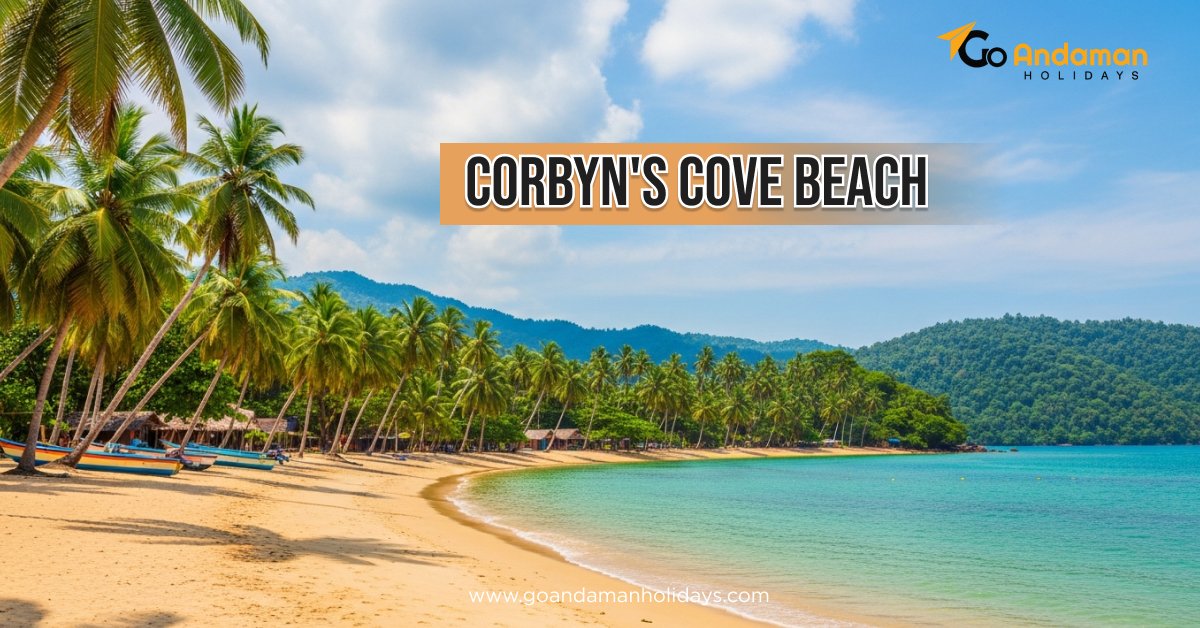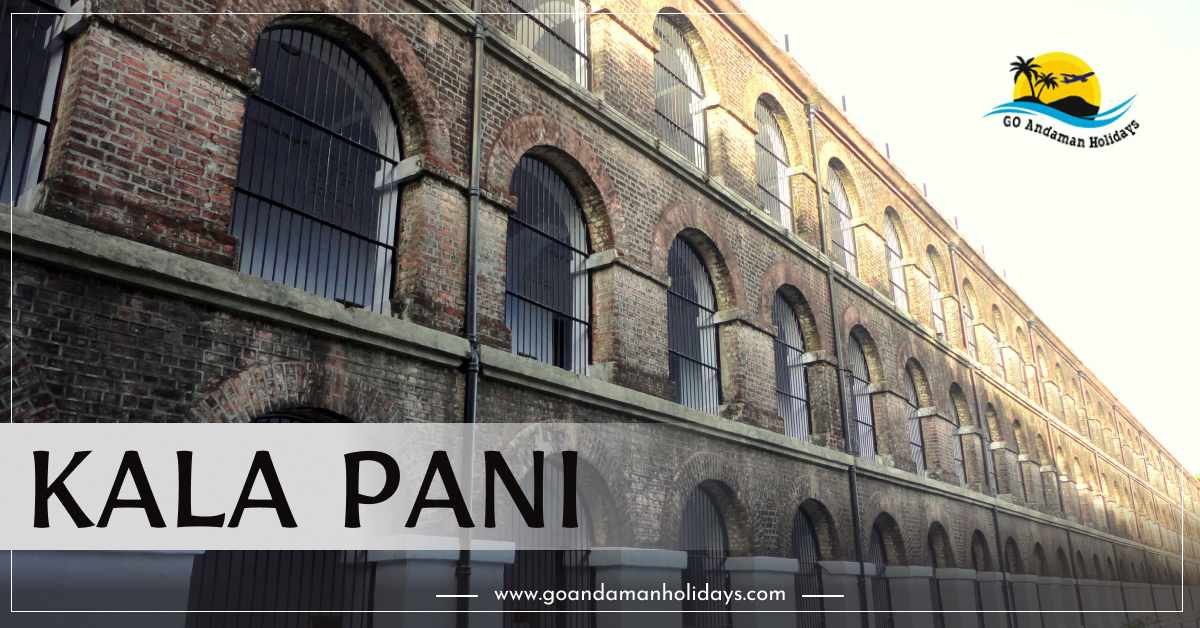
- Go Andaman Holidays
- 17-04-2023
- 0 Comments
Kala Pani
Kala Pani, also known as Cellular Jail, was an Andaman and Nicobar Islands prison. Established in 1858 by the British Colonial Government, it continues to strike a chord with every patriotic Indian.
Even the thought of this place can be wrenching. Today, it has been converted into a museum that attracts numerous tourists each year. Kala Pani was also called “Black Waters” due to its brutal reputation. It served as a place of exile for political prisoners who defied British authority, threatening the oppressive foreign rule in India.
If you wish to visit this historic site, we recommend contacting our Andaman Travel Agency in Kolkata for a seamless experience.
History of Kala Pani
Kala Pani is considered one of the cruellest prisons in history. The punishments meted out here were designed to break the spirits of its inmates. As its name suggests, it was a deathbed for many political rebels.
The prison housed Indian freedom fighters who were often deported to Kala Pani without a trial. They were kept in total isolation in separate cells. The forms of punishment ranged from hard labour and beatings to extreme torture. Prisoners were isolated from the outside world and were only allowed out for work.
They had to eat, drink, sleep, and perform all bodily functions within the confines of their cells. The food was minimal and often spoiled, leading to the spread of various diseases. With almost no medical aid available, many prisoners succumbed to death from suicide, illness, and malnutrition. Three prisoners were even poisoned to death during a revolt against the inhumane practices at Kala Pani.
System and Architecture
The architecture of the prison was unique. It featured seven wings radiating from a central watchtower, with each wing comprising three levels of individual cells. Kala Pani was a symbol of colonial oppression and was known as one of the harshest prisons in India.
The prison utilized a "panopticon" design, which allowed guards to observe all inmates at all times, while the inmates could not see the guards. This design fostered constant fear, stress, and paranoia among the prisoners.
Prominent political figures held at Kala Pani included Batukeshwar Dutt, Vinayak Damodar Savarkar, and Yogendra Shukla. Despite the extreme torture, these figures maintained their dignity and continued to resist. They organized hunger strikes, wrote songs and poetry, and documented their experiences.
Kala Pani remained a prison until 1947 when India gained independence. It was closed soon afterwards. Today, Kala Pani stands as a national monument, attracting visitors from around the world who come to witness a crucial part of India's colonial history.
The prison has inspired countless works of art, literature, and films. Visitors can learn about the suffering and sacrifices of those who endured and died here. To fully experience this historic site, consider hiring a travel agency based in Kolkata. They provide knowledgeable guides and organize a compelling Light and Sound Show every evening, featuring special music and sound effects that honour the sacrifices of our freedom fighters.
Conclusion
This article provides an overview of Kala Pani, detailing its history, architecture, and significance in the lives of Indians. It stands as a symbol of the darkest times endured by political leaders and the struggles they faced.
Today, we owe our freedom to the sacrifices made by these brave individuals. Their courage and resistance against British rule secured the independence we enjoy today. If you consider yourself patriotic, visiting Kala Pani is a must.
Feel free to reach out to our travel agency in Kolkata to book a comprehensive package that includes lodging, food, tourism, and transportation. Happy journey!

